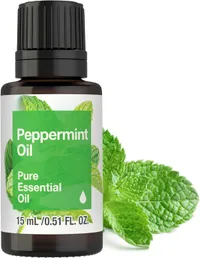When is flying ant day? Pest experts reveal what to expect
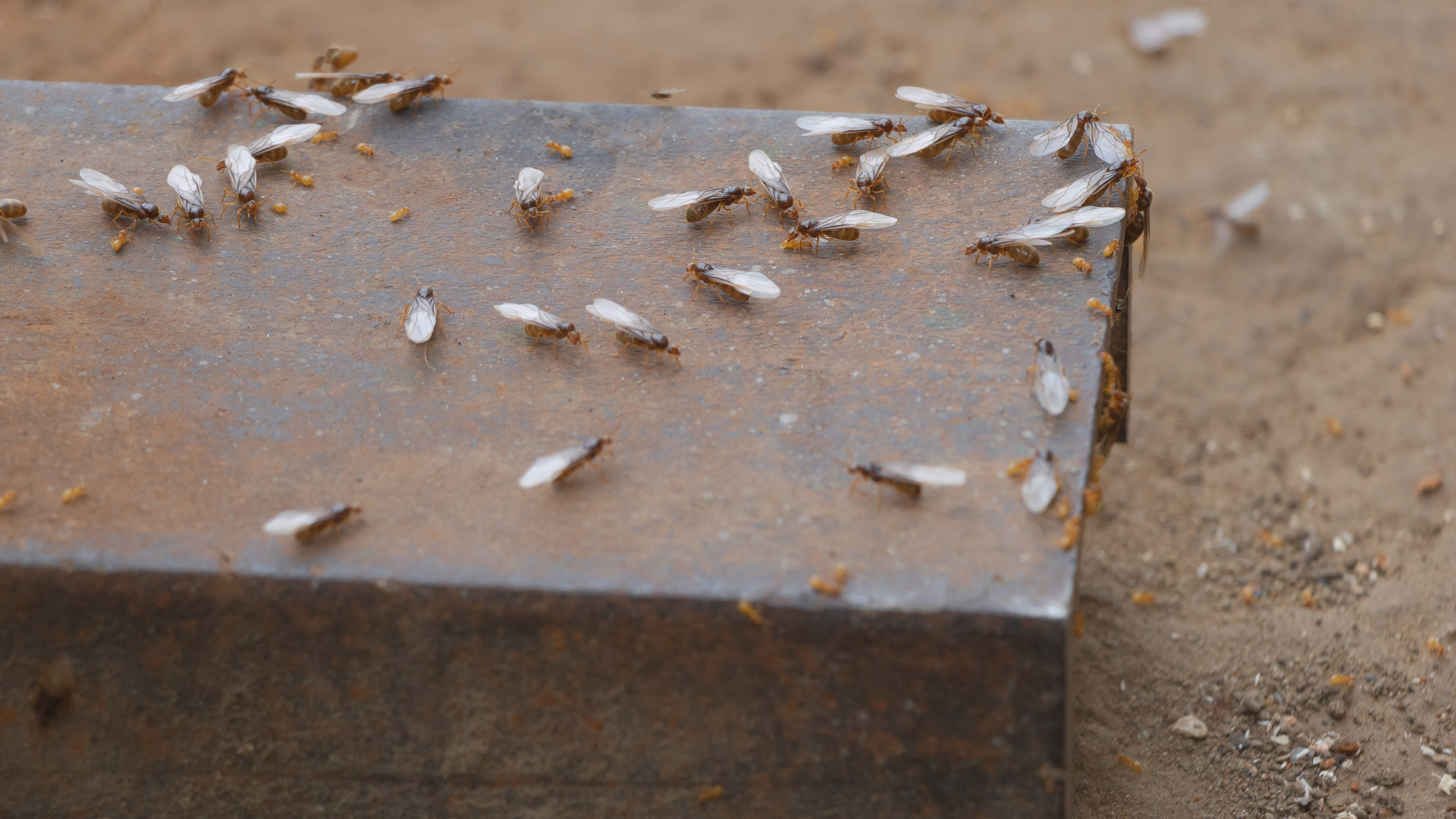
Summer is here, which brings out all the seasonal bugs and insects.
Whether it’s mosquitoes in your yard or a fruit fly infestation, it seems there’s no escaping those pesky bugs.
And just when we thought it couldn’t get any worse, experts are warning us to expect ‘flying ant season’, with peak swarms predicted between July 22–25.
Just like the things that attract ants to your home, flying ants are most active during the warm, humid days of summer, in search of shelter and food sources to take back to their colony.
What’s more, these winged pests can hide in dark, damp areas, and quickly multiply — usually in decaying wood, hidden in walls near ground level or under floorboards. That’s why it’s so important to know how to safely get rid of flying ants.
So what exactly is flying ant season, and what can we expect? We ask the pest experts.
What is "flying ant day"?
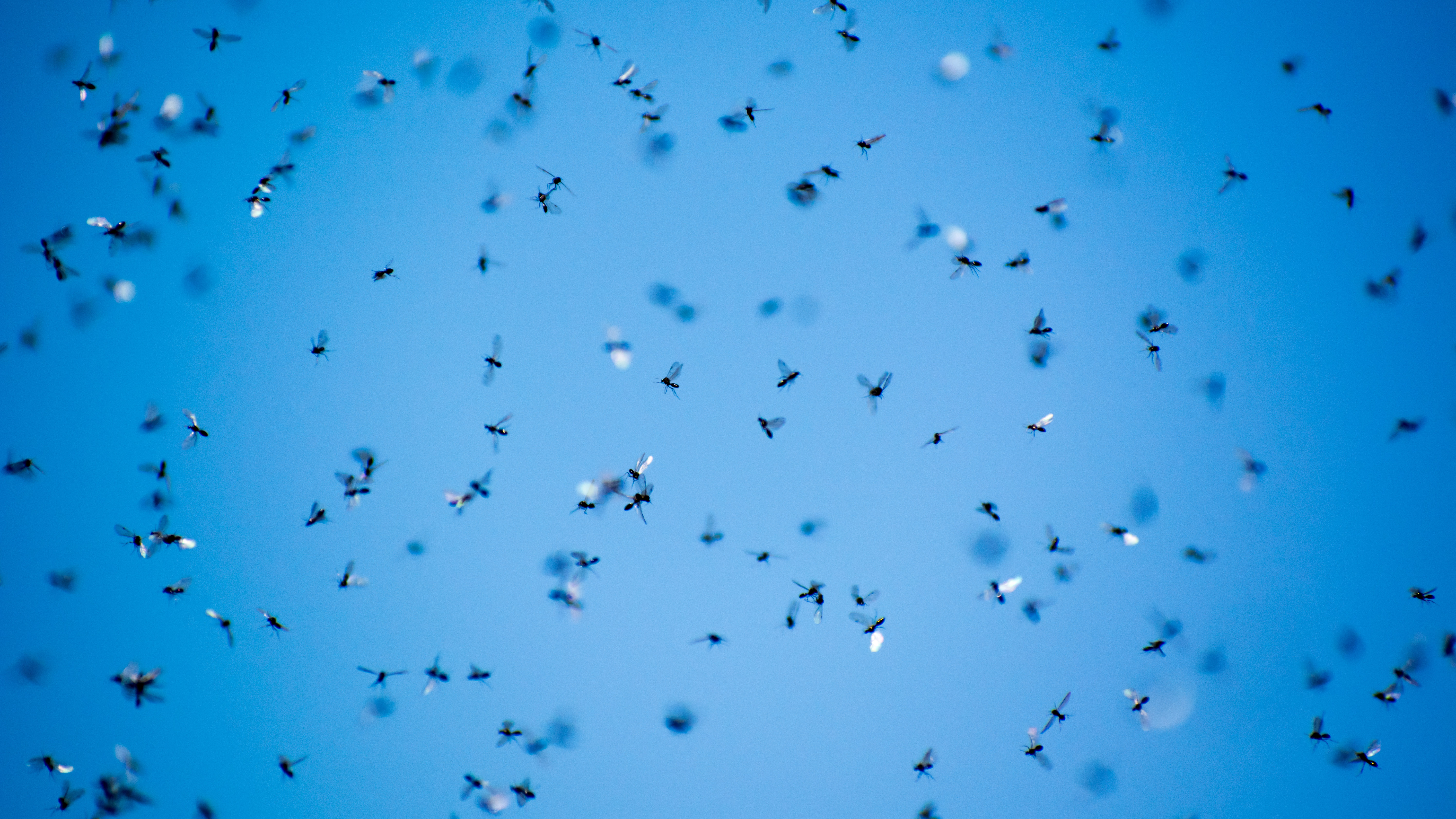
Essentially, “flying ant day” is the time when thousands of queen ants take flight in search of mates to set up new colonies. This is more likely to take place in warm and humid conditions.
Get instant access to breaking news, the hottest reviews, great deals and helpful tips.
“It’s actually more of a “flying ant season” because the event spans several weeks, and there’s no strict 24-hour window when all the ants fly at once,” Allan Bossel, licensed exterminator and Operations Expert at Bed Bug Exterminator, says.
“Flying ant day is the big moment when entire colonies of ants synchronize their swarms. Thousands of winged males and queens erupt from hidden nests, filling the sky and sometimes crashing through window screens and vents.”
What can we expect this flying ant season?
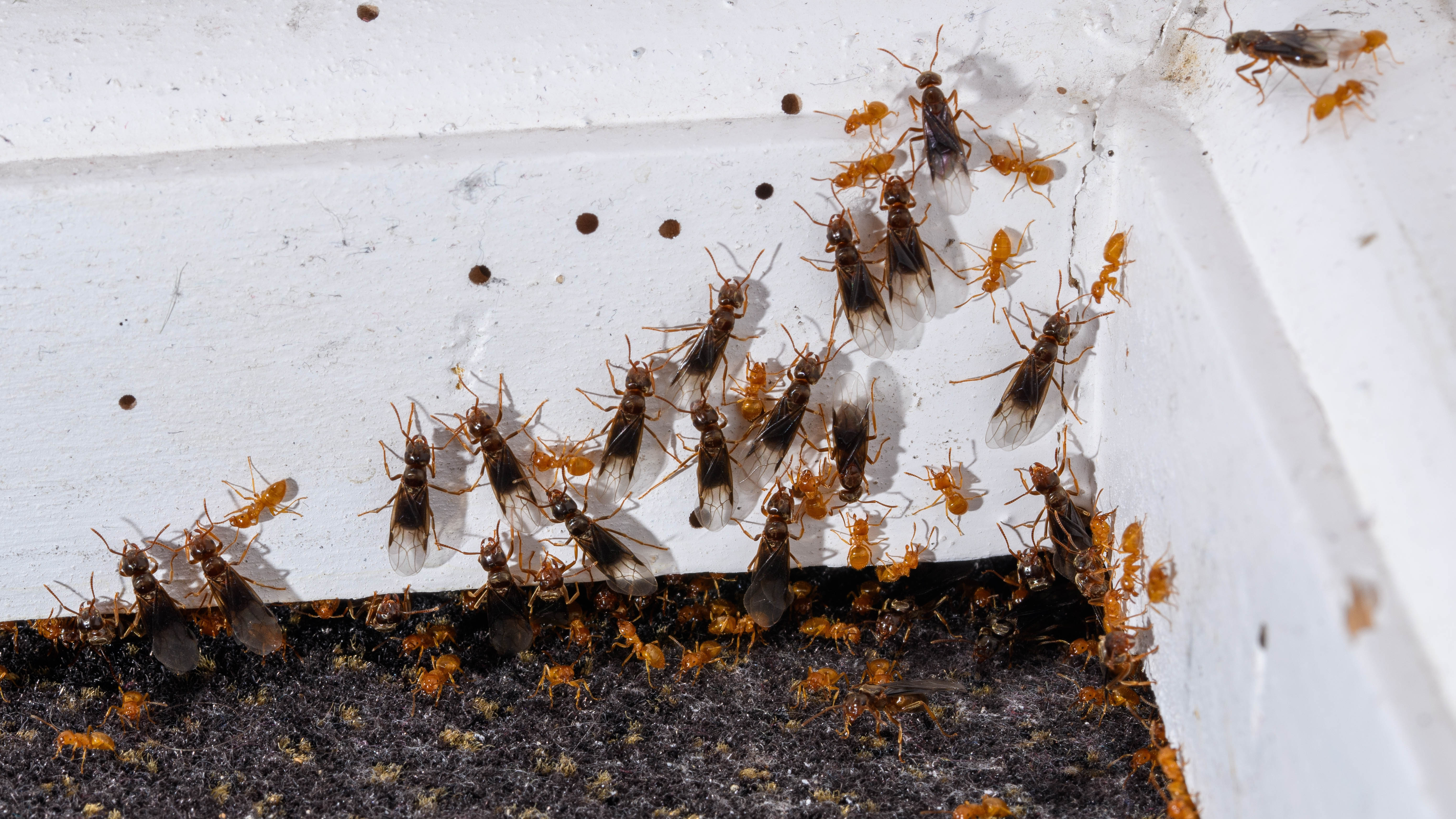
Besides noticing swarms outdoors, you might get flying ants sneaking into your homes too.
According to experts, you could be at risk of an unexpected infestation — which can cause more hassle than its worth.
“It usually happens after a warm, humid spell, typically in July — and can catch homeowners off guard,” agrees Neil McKenzie, home maintenance expert at Halton Stairlifts.
“While the event itself is short-lived, the sudden appearance of flying ants inside your home can be unsettling, as these pests often enter through open windows, floorboards, or attic spaces.
To prevent flying ants from getting in, seal up cracks around window frames, [and] use fine mesh screens where possible."
This pure peppermint oil is paraben free, and provides a fresh scent. Versatile to use in aromatherapy, or in an oil or reed diffuser. And while the fragrance is pleasant to our senses, it is also known to be a natural pest repellent.
How to get rid of flying ants safely?
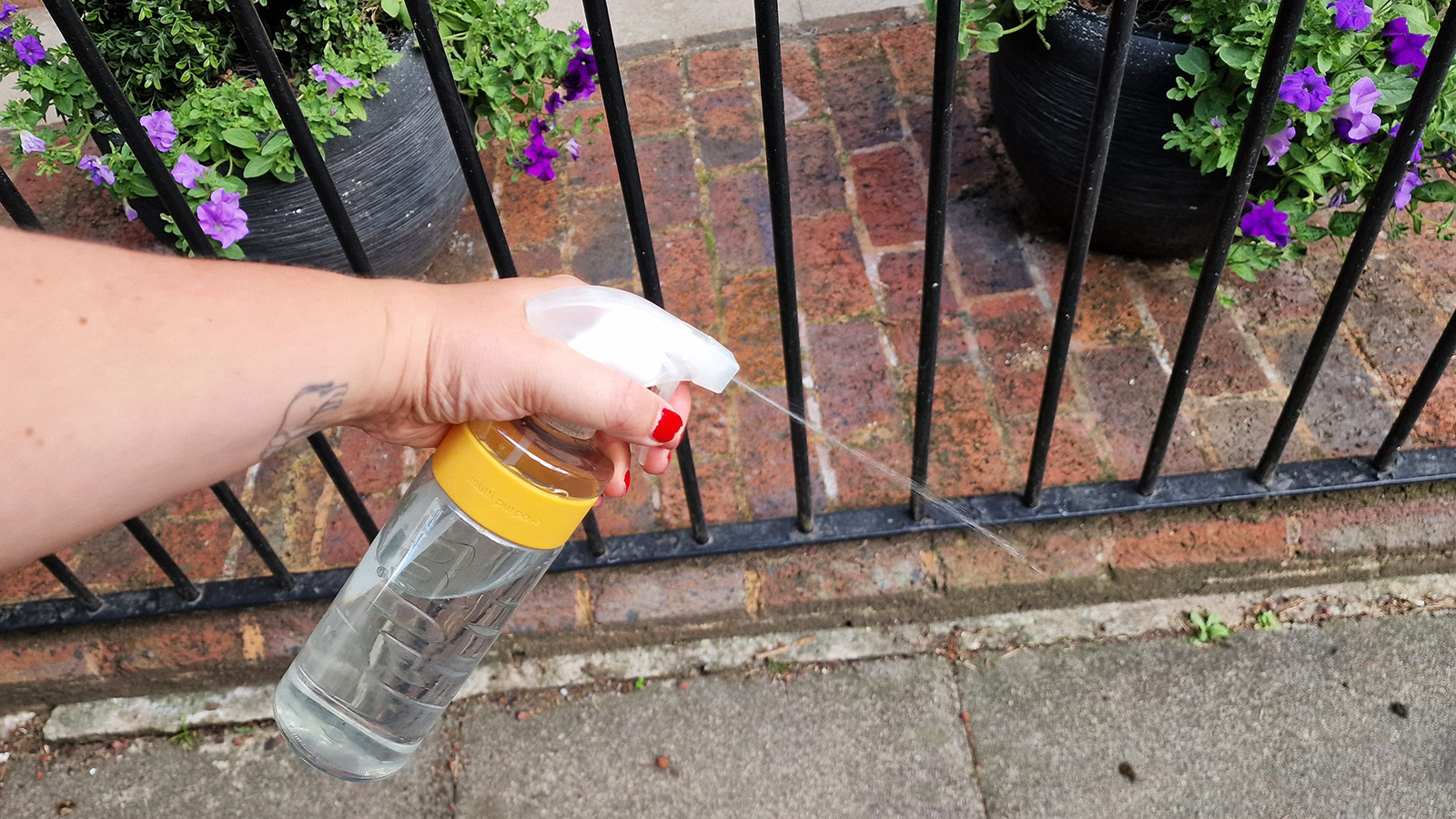
So what do we do if we spot such flying pests inside or outside our homes?
“If you see flying ants inside, the first thing to do is vacuum them up instead of blasting them with spray,” advises Nicole Carpenter, the President at Black Pest Prevention.
“Spraying only scatters them for a bit, and vacuuming helps catch as many as possible. Make sure you empty your best vacuum outside right away so they don’t crawl back out.”
While there are commercial-bought sprays, these often contain harsh chemicals. However, there are more natural, non-toxic methods instead.
“Skip harsh chemicals or bug bombs inside, especially with pets or kids around,” adds Bossel. “Instead, use sticky traps or tape in corners and under baseboards where ants tend to regroup. A Terro bait station can round up any stragglers in the subsequent days.
Or, you could actually just wait. The mess is temporary, and most die off within twenty-four hours. If you want to prevent future invasions, seal gaps around window frames, door sweeps and attic vents with caulk or weatherstripping."
Alternatively, you can mix a simple white vinegar and water solution, and let the strong scent repulse flying ants.
“If they've already made their way inside, a simple mixture of white vinegar and water sprayed at entry points can help deter them,” adds McKenzie . “While vacuuming them up is an effective non-toxic removal method."
What’s more, you can soak cotton balls in peppermint oil, and place them in the areas where flying ants are most active, and likely to rest.
We might love the fresh fragrance of essential oils, but flying ants hate the strong smell, and stay far away.
In fact, essential oils are also effective for getting rid of mosquitoes, mice, and fruit flies.
More from Tom's Guide
- Flying ants vs termites: key differences and how to deter them from your home
- 7 natural ways to get rid of ants
- 5 natural ways to stop ant hills ruining your yard this summer

As the Homes Content Editor, Cynthia Lawrence covers all things homes, interior decorating, and garden-related. She has a wealth of editorial experience testing the latest, ‘must-have’ home appliances, writing buying guides and the handy ‘how to’ features.
Her work has been published in various titles including, T3, Top Ten Reviews, Ideal Home, Real Homes, Livingetc. and House Beautiful, amongst many.
With a rather unhealthy obsession for all things homes and interiors, she also has an interior design blog for style inspiration and savvy storage solutions (get rid of that clutter!). When she’s not testing cool products, she’ll be searching online for more decor ideas to spruce up her family home or looking for a great bargain!
You must confirm your public display name before commenting
Please logout and then login again, you will then be prompted to enter your display name.
